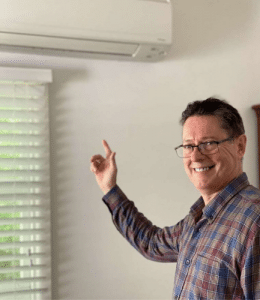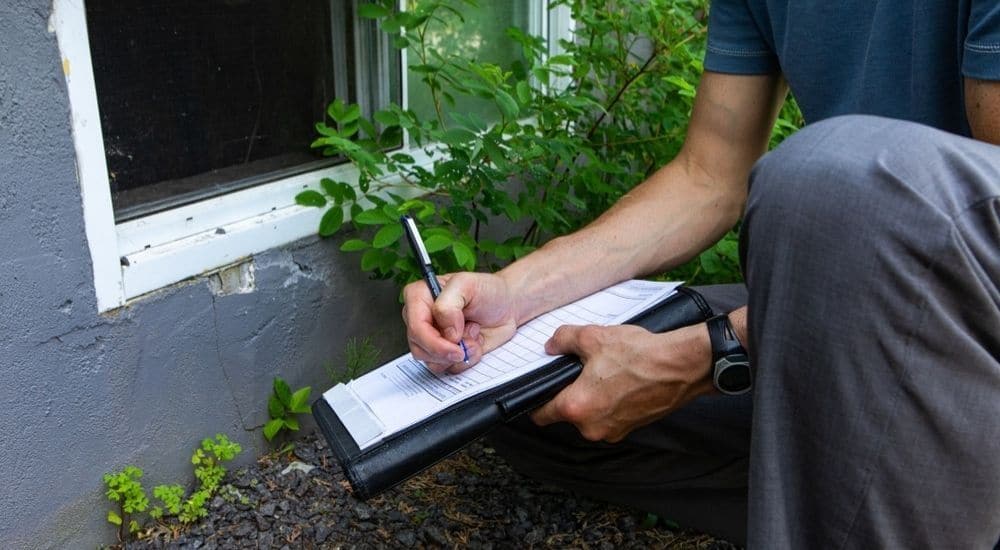
Is your home full of indoor asthma triggers?
Asthma is a common, long-term disease that affects children and adults; this condition usually surfaces during childhood and carries on into adulthood. It causes the lungs to produce more mucus than usual, blocking airflow inside the lungs and leading to serious, potentially life-threatening, health effects.
Asthma is a life-long medical condition and there is no known cure for it. It can make life challenging if the proper precautions are not taken.
Attacks can happen spontaneously, especially when a person inhales an asthma trigger, which is a substance that can irritate the airways. Common symptoms include wheezing and shortness of breath.
What are common indoor asthma triggers?
Asthma triggers are just as common indoors as they are outdoors. Common triggers in the home include:
Mould
Disinfectants
Tobacco smoke
Dust
Smoke from stoves
Mould
Disinfectants
Tobacco smoke
Dust
Smoke from stoves
All these indoor asthma triggers are common in almost every household. If you or your children have asthma, these irritants can place you at risk of an attack or the onset of certain symptoms.
Can air quality testing help?
Can air quality testing help?
Before getting their air tested, many people don’t think there’s anything wrong with what they’re breathing in—especially when the air smells pleasant with the fragrance of air fresheners!
With indoor air quality testing, you’re able to identify potential contaminants and allergens in your air. Identify asthma triggers and take steps to avoid these from affecting your or your loved ones’ health.
Why consult a building biologist?
A building biologist is a professional who is qualified to assess the quality of air in your home environment.
At Building Harmony, I can help you find out what kind of indoor asthma triggers are in your home using scientific techniques and industry-leading tools.
Asthma triggers in the home may prove to be more harmful than those you find outside because these irritants tend to concentrate in a closed environment. That’s why it’s always a good idea to get your indoor air quality tested, especially if you have a child with asthma.
I can also make recommendations on how you can reduce asthma triggers and improve the air quality in your home.
Who am I?
My name is Russell Williams and I’m a professional building biologist in Sydney.
I’m qualified to conduct health assessments of your homes and workplaces because in addition to my experience, I’ve also completed a recognised course in mould testing (BLDBIO605 Conduct a Mould Assessment) and an Advanced Diploma of Building Biology at the Australian College of Environmental Studies, which is a nationally-accredited training service provider.
My other qualifications include a BSc (Hons) in Environmental Studies and a TEC Ordinary Chemical Technicians certificate.

Who am I?
My name is Russell Williams and I’m a professional building biologist in Sydney.
I’m qualified to conduct health assessments of your homes and workplaces because in addition to my experience, I’ve also completed a recognised course in mould testing (BLDBIO605 Conduct a Mould Assessment) and an Advanced Diploma of Building Biology at the Australian College of Environmental Studies, which is a nationally-accredited training service provider.
My other qualifications include a BSc (Hons) in Environmental Studies and a TEC Ordinary Chemical Technicians certificate.

Manage the effects of indoor asthma triggers
Schedule a call with me to learn more about asthma triggers and how you can eliminate these from your home.



